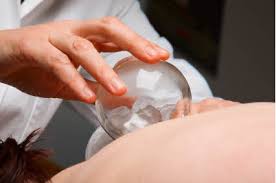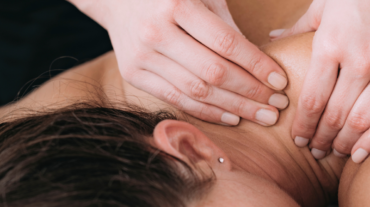 What is Cupping?
What is Cupping?
Cupping is a modality of the ancient art of Traditional Chinese Medicine (TCM), although records show that it was also performed by ancient Egyptians and Greek physicians. Today it is used for a variety of different ailments, including arthritis and acute injuries, and is especially good at relieving your body of toxins, plus getting your digestion and circulation flowing more smoothly.
In the past, cupping (known as 'Ba Guan' in Mandarin) was done with bamboo, clay, porcelain, or glass cups. Today, plastic cups are used as well. Practitioners use a flame to create suction within the cup (with plastic cups a hand pump is used instead), which is then placed at certain points on your body. Your back is most commonly where cupping is performed, although some practitioners may use cups on your knees, elbows, or thighs.
The cup (or cups) are left on for approximately 10-20 minutes, depending on your condition. Alternately moving cupping can be performed, which involves moving the cups over areas with an abundance of muscle, such as your back. In some instances, a cup may be placed over an inserted needle. This method is more rare, and is used generally on joints, or when a condition is especially difficult to treat. Other cupping variations may include moxabustion (a smoldering herb used in a wide variety of methods of TCM), or even cupping that involves some blood letting (used in more severe cases of toxicity).
Flushing or even bruising with some purple colour to the cupped areas is not only a common side effect, but is expected because of the drawing of toxins from your body. If insufficient time is given to the cups, you may see little or no markings, and if too much time is given you may see some blistering. Blistering is however, not serious, but blisters should nonetheless be treated with care and not punctured unless done so with proper sterilization procedures in place. Most markings should disappear within a few days to a week.
Contraindications for cupping:
1. Areas of skin with ulcers, edema, or sensitivity.
2. Patients with high fever and/or convulsions.
3. Pregnant women should not have cupping performed on their abdominal or sacral regions.
4. Cupping should never be done on your face.
Although cupping is generally safe, because there are a few circumstances where it can be done improperly, make sure that the person treating you is a properly trained TCM practitioner.
Contact us for a FREE consultation on how cupping, acupuncture and TCM can help you.
These links may also be helpful:
3 Feng Shui Tips to Improve Your Health








